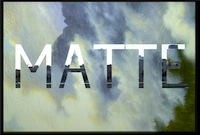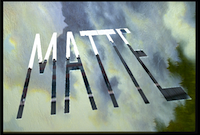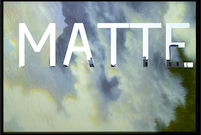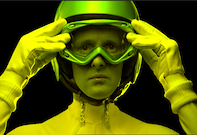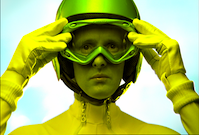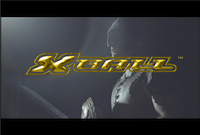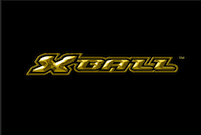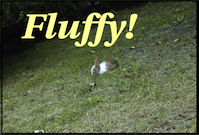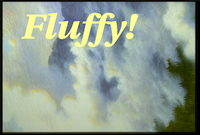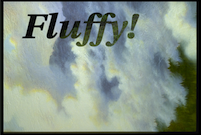Working with Mattes and Masks on the Timeline
Masks and mattes increase the versatility of the effects you apply on the timeline, allowing you to delimit the regions used for processing and effect, with a mask, and to create regions of total or partial transparency in the clip, with a matte.
Using Mattes in 2D Transform Timeline FX
The matte can be offset from its original position by changing its position along the X and Y axes, or by rotating or scaling it. Edit the offset in the 2D Transform quick menu or editor. In the 2D Transform quick menu, use the 2D Transform Tab selector to display the Matte Offset menu and its controls.
Using Mattes in Blur Timeline FX
The matte values can be blurred separately or with the same values as the front clip.
In the Blur quick menu or the editor, you can apply blur values to the matte. Click the Lock to Front button to use the same blur values that are applied to the front clip. In the Blur editor, you can also invert the matte or use the matte to apply blending in the regions defined by the matte.
Using Masks in Colour Correct and Colour Warper Timeline FX
You can change the default functionality of the matte clip and instead use it as a mask to isolate the area in which you want to add colour effects and corrections.
In the Colour Corrector or Colour Warper quick menu, enable the Use Mask button, which uses the matte to delimit the region that will be processed with the colour effects.
Using Mattes in Comp Timeline FX
All mattes used in the Timeline FX pipeline for the segment are composited using this effect. The composited mattes for each segment can be turned on or off, or be inverted.
A clip can be in a premultiplied or unpremultiplied state. An unpremultiplied clip has its pixels divided by the pixels in the matte. A premultiplied clip has its pixels multiplied by the pixels in the matte. Use the Comp Timeline FX quick menu or the editor to set the Segment and Background Premultiplication boxes to the appropriate states.
By default, a segment on a track is blended with the background, and the matte is turned on by default. In the Comp quick menu and editor, use the Matte box to also turn the matte off or invert it.
See 2D Compositing on the Timeline.
Using the GMask Timeline FX
On an RGB clip, using GMask Timeline FX will apply the matte to create a garbage mask that defines which areas of the image appear in the result clip. With a matte container, the matte clip and the GMask matte are composited in the result matte.
Use the GMask quick menu to select a shape from a library of presets, or enter the editor to create your own.
Using Masks in Text Timeline FX
There are three states in which you can manage text in Timeline FX, (two of which allow masking functionality).
In the Text Timeline FX quick menu, use the Alpha Rendering Mode box to select a state:
- RGB: If you are using an RGB clip (or matte container), to generate a clip (or RGB portion of the clip) with the text overlaid.
- RGBA: If you are using an RGBA clip/matte container, to generate a text overlay and use the text outline as a mask to display it on background tracks.
- A Only: To generate a source based on the text as a mask and segment as a fill. For best results, use unpremultiplied input. In the segment's Comp Timeline FX, verify that the Segment Premultiplication box is set to Unpremultiplied.

